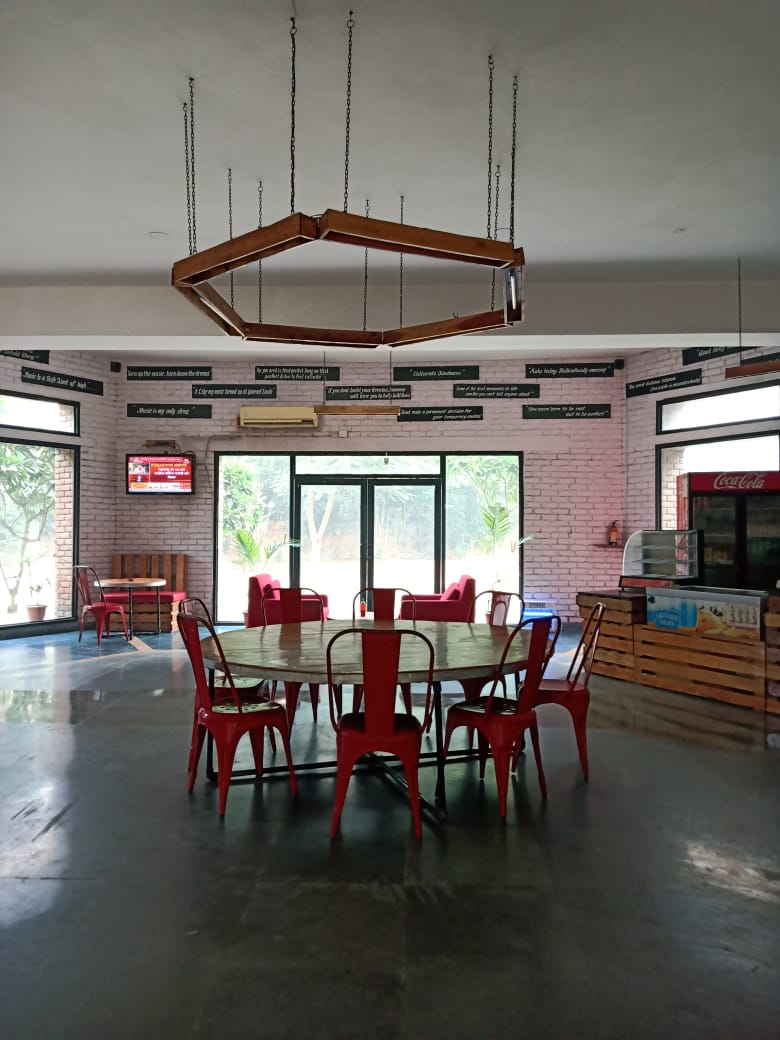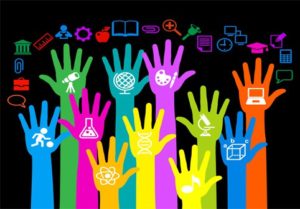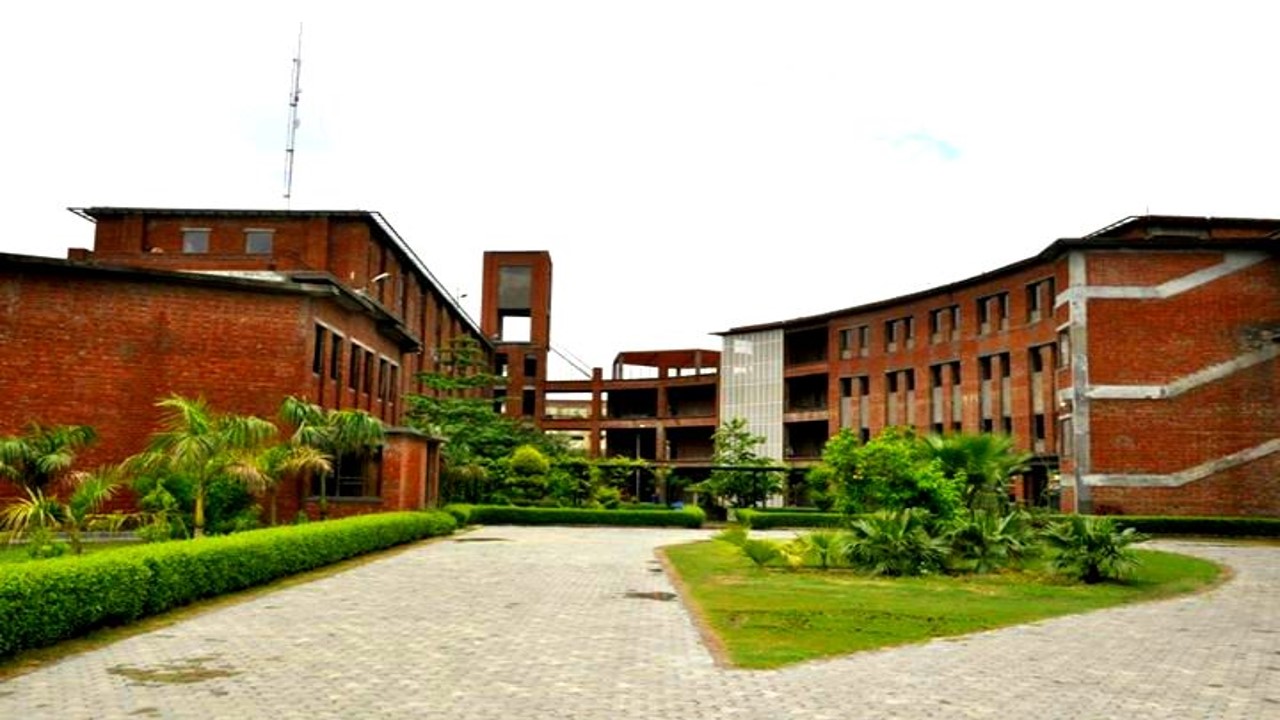“Now that the ice has broken, I expect more Arab and Muslim countries will follow the United Arab Emirates’ lead,” said President Donald Trump on August 13th, 2020. Having earned his nomination for the Nobel Peace Prize for allegedly brokering the historic establishment of UAE-Israel diplomatic ties and possibly even the Bahrain-Israel deal as well, he took great pride in getting these done. These are rightfully a big deal, for the world, and the upcoming US elections.
UAE and Bahrain became the third and fourth Arab States to recognize Israel (after Egypt and Jordan). Now it’s a kernel of truth that Israel has informal ties with the Arab World, but to have official recognition and seal of approval is a big step forward given the conflicts in the past along with the ongoing Israel-Palestine issue.
The Arab world and others welcomed this move as a positive step towards stability in the Middle East. This step taken by UAE and Bahrain has come as a surprise given the timing of the deal. Just days before the deal was announced, Israel was leveling Palestine with airstrikes and bombs, so it is not surprising that the treaty was met with widespread condemnation and cries of hypocrisy from Palestine’s leaders, who saw this development as a betrayal.
Now the warming up of Arab-Israeli ties has been in the pipeline for some time, from the energy and weapons trade to diplomatic statements in support of Israel’s right to existence. Even Crown Prince Mohammed of Saudi Arabia spoke about this https://www.nytimes.com/2018/04/03/world/middleeast/saudi-arabia-mohammed-bin-salman-israel.html.
It is well known that any positive step towards Israel would have to be blessed by Saudi Arabia, especially when it comes to countries like Bahrain and the UAE. Given recent developments, it is only a matter of time when other gulf countries follow suit. Qatar, Oman, and possibly Sudan might soon recognize Israel and will support the 2 State Solution, given their diplomatic stature in the Islamic World as well as their well established economic and security-related ties with Israel.
One might be forgiven for being too optimistic and therefore labeling these agreements as deals of peace, goodwill, and development, but these deals might be opportunistic and strategic too. Israel and Saudi Arabia often disagree on many things, but given the recent developments in the Middle East, they have not hesitated to point fingers at Iran as the supposed benefactor of the region’s multitude of issues. With these developments, Saudi Arabia and others not only look to whitewash their conservative image and secure their economic and security-related futures with Israel but to also eliminate their Shia rival, Iran along with Hezbollah, who even Israel don’t take kindly at all, in the long run.
Given the global PR campaign that is being run by Saudi, they will jump at any chance to appear progressive and open-minded. And what better way to do so than to side with the Jewish State itself. Despite hosting school textbooks that often refer to Jewish people as “swines”, there has been a massive outreach program to the Jews, overseen by De Facto leader of the KSA, Crown Prince Mohammed bin Salman, to reform its conservative image into that of a modern one… a proverbial UAE 2.0.
It is be noted that the Islamic and checkbook forms of diplomacy that were often employed by the Arab nations are no longer actively used in the building of their international relations and foreign image now. From snubbing Pakistan at the OIC to warming up to Israel, the Arab World has distanced itself from the rigid ideologies that characterized their image. It was either the Islamic connect or resource-rich trade deals that often brought about these relations. But given the tumultuous oil and gas markets along with the prevailing Pandemic conditions, those 2 policies have been defenestrated and a new and unfortunately desperate roadmap of “Follow the money trail” has been drawn up by the big shots of the Middle East. From strictly dealing with the West to now investing in India, actively dealing with Russia and South America, and politically and economic-wise, warming up to Israel and China respectively, massive steps have been taken by Saudi Arabia and other such countries to survive in the more liberal political climate today. With Saudi’s UAE-esque goal of diversification of revenue by 2030, the Arab Big Brother will look to go to any lengths to survive in this current scenario.
Having lived in the Middle East for 13.5 years, it certainly is a remarkably interesting prospect to see Saudi Arabia and the rest of the Arab World adapt to Israel and the liberal climate today. I always wanted the Middle East (that is dear to my heart) to stabilize and harmonize among themselves and mingle with each other and the rest of the world. The Middle East has much to offer other than stereotypes and oil, it is time for them to step up their game, and if they believe Israel can help secure their future, then more power to them.
Palestine in this case may well be the losers as per these lines of treaties. As of now, the Arab World only has the word of Israel that it would not infringe on the areas of Gaza and West Bank, but only time will tell if they hold to their word, and this is important given how much importance Palestine carries for the Arab and Muslim World, especially Saudi Arabia.
Now although the Arab Big Brother – Saudi Arabia, may not officially recognize Israel any time soon, these changing perspectives that came about with their blessing, will help bring about some form of stability in the region, and hopefully, bring down the curtain on the Israel-Palestine issue (may the 2 state solution come about and end the violence). Despite the overarching questions and conspiracy theories, fruitful results come about with these new ties.
Inshallah! Peace and prosperity shall prevail!
To know more and to apply for the Bachelor’s Degree program in Global History and International Relations at IILM University Gurugram, please visit www.iilm.edu.in
Kavin Ramesh Pillai
BA (Hons) – History and International Relations
IILM University, Gurugram 













